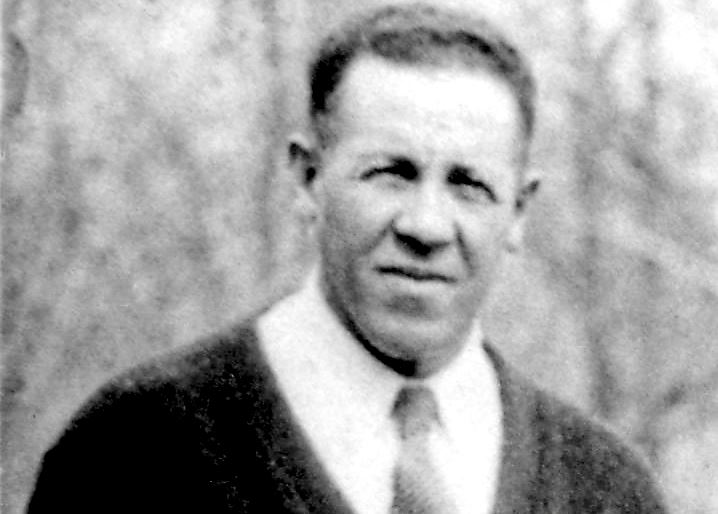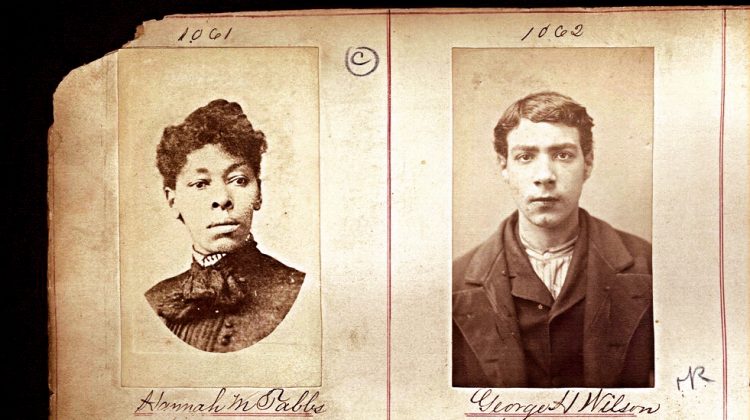Two Lessons in PrejudicePosted in Articles, Media Archive, Social Justice, United States on 2017-08-26 23:00Z by Steven |
The New York Times
2017-08-26
 Niedring/Drentwett – MITO images, via Getty Images |
What I know of rural white America mostly begins and ends with the three times I went at the age of 8 to visit a friend’s farm in Butler County, Pa., about an hour north of Pittsburgh, where I grew up. I recall vast farmland, ample sunshine and no black people — or Hispanics or Jews, or for that matter, half-Iranian, half-Jewish people like me. There was, however, my friend’s father, who found it amusing to make fun of my name over dinner, coming up with a wide variety of ways to mispronounce it each time. I did my best to politely correct him each time, until it finally became apparent to me that I was participating in a game in which there was no chance of winning, and I ran from the table and out of the house and cried among the farmland.
It is, of course, unfair to judge an entire county with a population of almost 200,000 on the behavior of one man 40 years ago, but I hope you can understand my disbelief when on a dark night last November, I watched on television as Hillary Clinton’s presidential campaign tried to assure her supporters that little Butler County was going to come through for her in the 11th hour and overtake Donald Trump’s lead in Pennsylvania, and by extension the Electoral College. Now, I thought, is as good a time as any to turn off the television and go bury my head under the pillow…
Read the entire article here.




